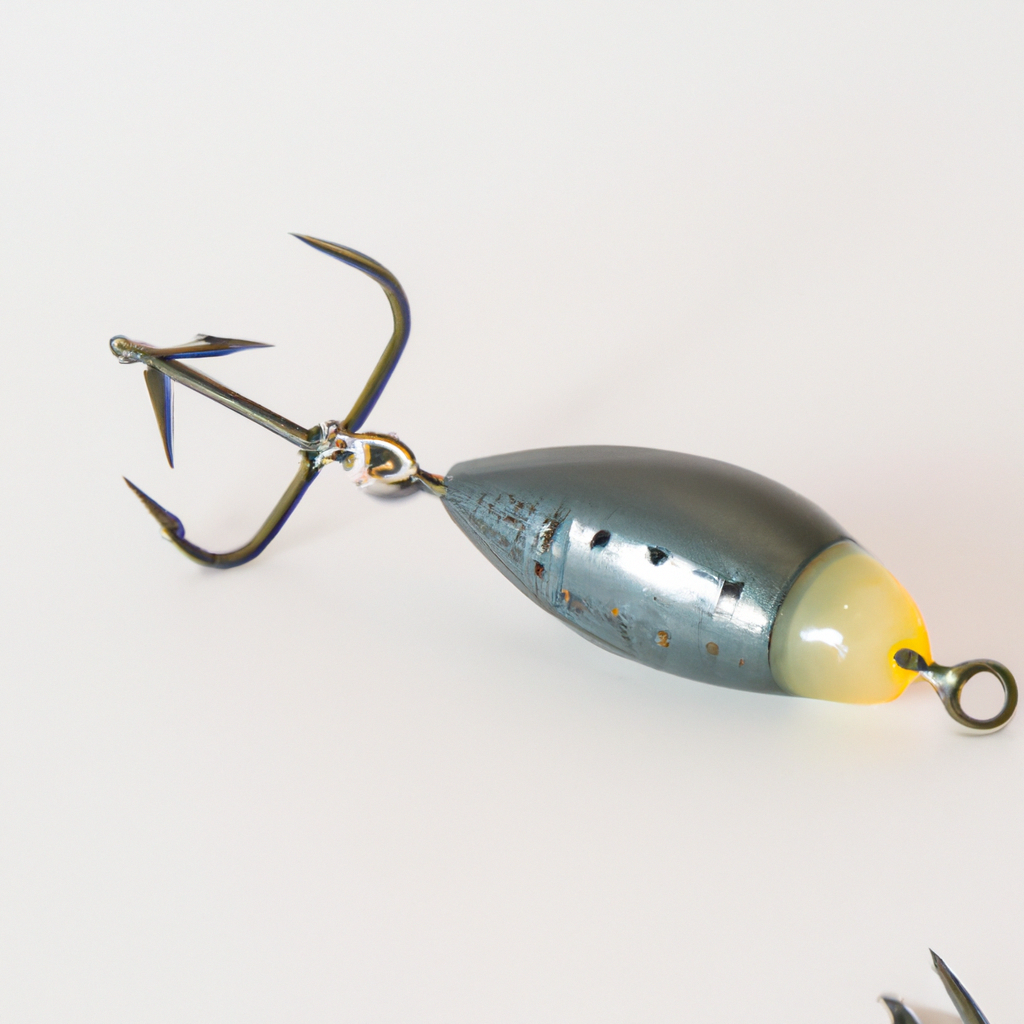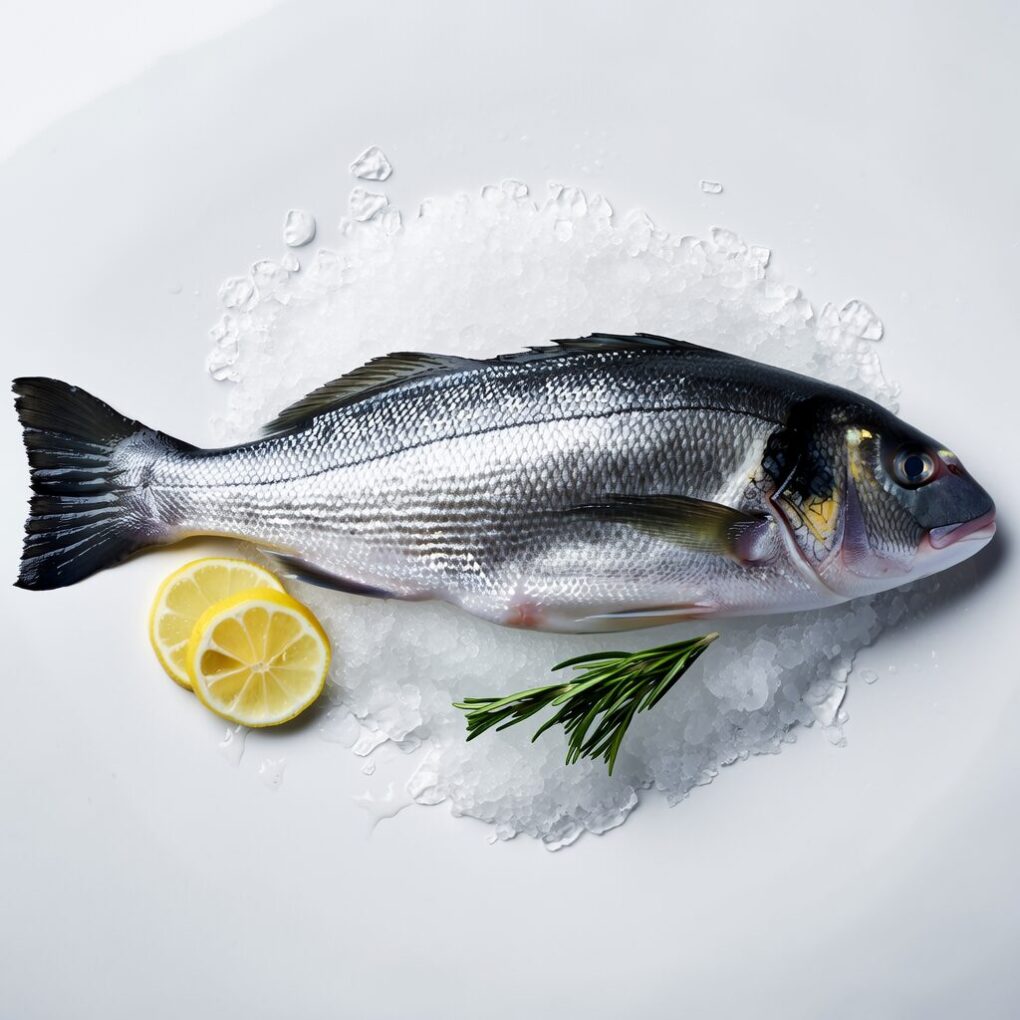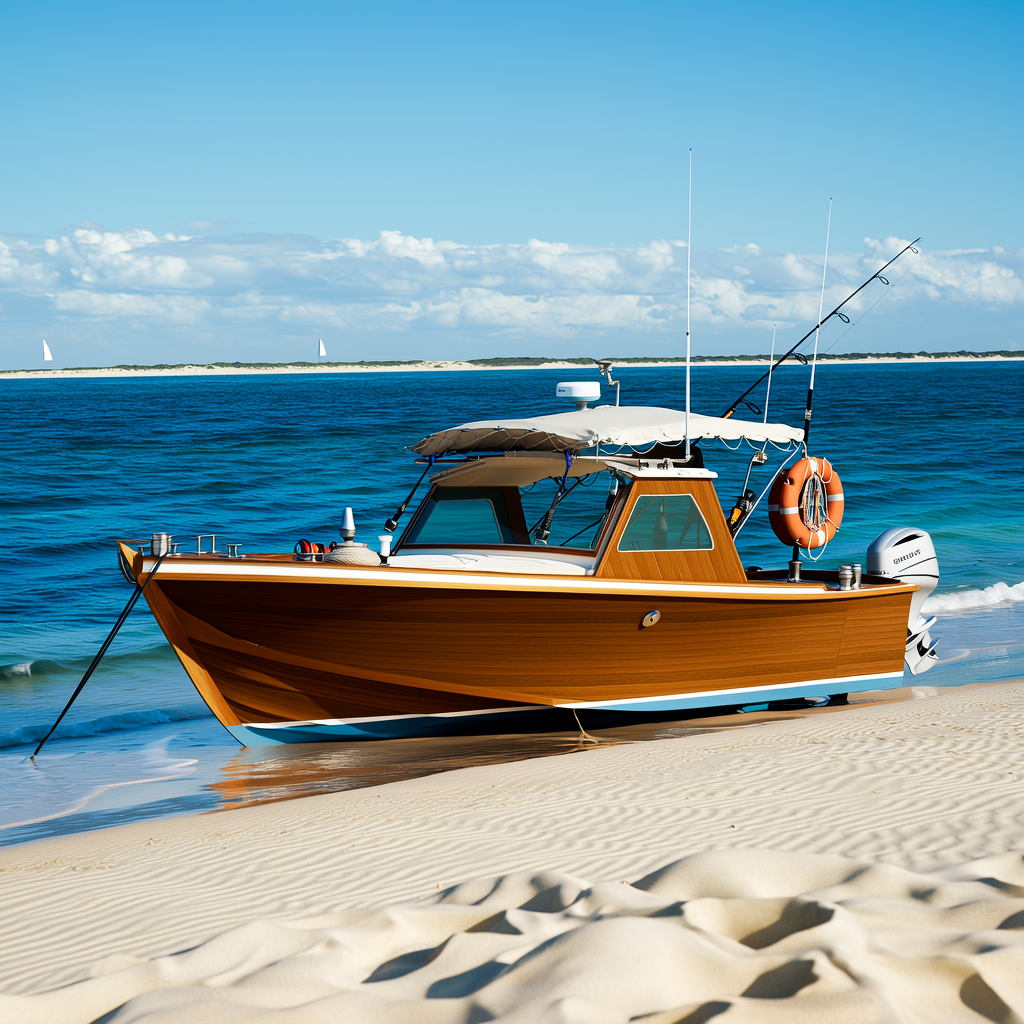Fishing is a skill and art that requires knowledge, experience and tools. Baits are one of the most important elements in fishing. They are the lures or foods that attract fish to your hook. Baits are available in many different sizes, colors, shapes and materials. Each one has its own advantages and disadvantages. In this article we will explore the world and importance of baits in successful fishing.
Baits: The Basics
Let’s define bait before we get into the details. Bait can be any substance or object that is used to attract fish and catch them. Baits are either natural or artificial depending on their type, source and purpose. The primary purpose of a lure is to mimic food or prey for the fish species that you are targeting and trigger their feeding response.
The choice of bait is influenced by several factors including the fishing location and time of day, the water clarity, weather conditions, temperature, and fish species. Some baits are better suited to certain environments while others can be used under a variety of conditions. The goal is to choose the bait that matches the habits, tastes, and behaviors of the fishes you are trying catch.
Natural Baits
Natural baits can be live or dead organisms, which fish consume in their natural habitats. These baits are effective because they have the natural scent, texture, and taste that fish prefer. Natural baits are available in the wild and can also be purchased from bait shops depending on regulations and availability.
Worms
Worms can be used as bait in both freshwater and seawater fishing. Earthworms are the most common baits used by fishermen. They also use red worms and nightcrawlers. Worms can be easily obtained and stored for a long time if they are kept cool and moist.
Minnows
Minnows can be used in both freshwater and saltwater fishing. Minnows are great for catching predatory species like bass, catfish, and pike. You can hook minnows alive or dead depending on their size. Dead minnows are best used to attract fish in murky or distant water.
Crickets
Crickets are small insects which can be used to catch fish in freshwater. Crickets are used to catch a variety of fish species including bluegills, crappies, and trout. Crickets can be found in bait shops and the wild. They are relatively inexpensive and can be stored in a cool, dry place.
Artificial Baits
Artificial lures are man-made objects which mimic the sound, movement and appearance of natural prey. Artificial baits are very popular among fishermen, because they are versatile, reusable, and can easily be customized to suit specific conditions. There are many different types of artificial lures, each with their own advantages and limitations.
Spinnerbaits
Spinnerbaits consist of a metal frame with a spinning disk and a skirt, or tail. Spinnerbaits work well for catching bass, pike and muskies because they produce vibrations and flashes that mimic the movements of baitfish. Spinnerbaits are available in a variety of sizes, colors and shapes. They can also be adjusted for varying speeds and depths.
Jigs
Jigs are artificial baits that have a weighted-head, a hook and a tail. Jigs can be used for both freshwater and saltwater fishing. They are effective in catching different fish species such as bass, walleye and flounder. Jigs are most effective when they are fished slowly in a bouncing motion or hopping motion near structures or cover. Jigs are available in different sizes, colors, and weights. They can also be customized with different skirts or tails.
Soft Plastics
Soft plastics consist of a plastic body or rubber, a hook and a tail, tentacle or tail. Soft plastics are available in a variety of shapes, colors, and sizes and can be used as a substitute for prey such as worms, crawfish and lizards. Soft plastics are best fished slowly near the bottom, or underwater structures and in response to the movement of the fish. Soft plastics can be used to catch a variety of fish in different habitats.
Selecting Baits
It can be difficult to choose the right bait, especially for beginners. Here are some tips on how to choose the best bait for a fishing trip.
Know the Fish Species
Research the fish species that you intend to catch and their habits before selecting your bait. This will allow you to choose the bait which matches their behavior and taste.
Match the Environment
When selecting your bait, consider the location, weather conditions, water depth and visibility. Some baits are more effective in clear water while others are better in murky water or deep water. Some baits are more effective in sunny or cloudy conditions, while others are more effective at certain times of day.
Test and Adjust
Try different baits and techniques until you find the one that works best for both you and the fish. Try different colors and sizes. Also, try different shapes and movements. Don’t hesitate to adjust your lure if it isn’t working or if conditions change.
Conclusion
Baits play a vital role in successful fishing. Choosing the right bait will make the difference between catching the trophy and going home empty handed. When choosing your bait, you should consider the species of fish, the environment and your personal preferences. Test and adjust your lure until you find it’s sweet spot. Never stop learning new techniques and tools and experimenting. Happy fishing!




